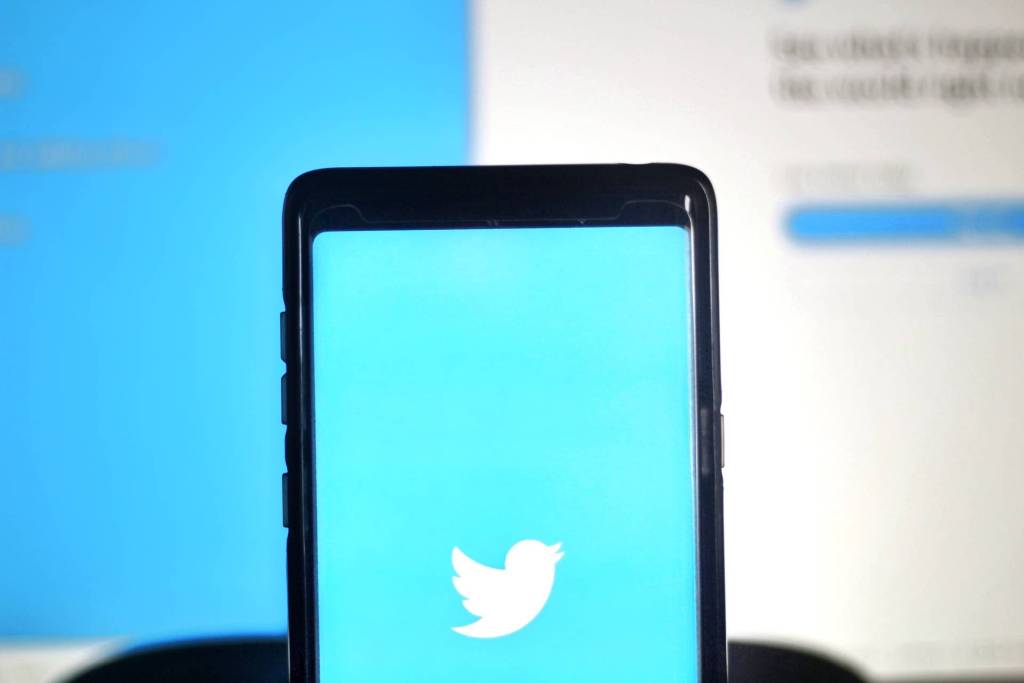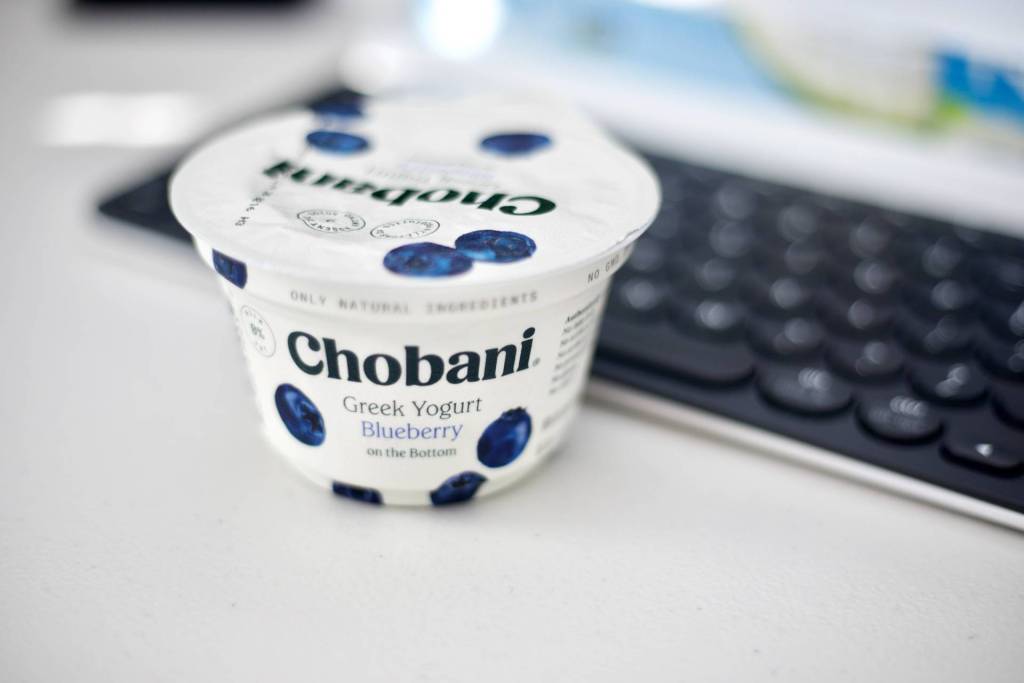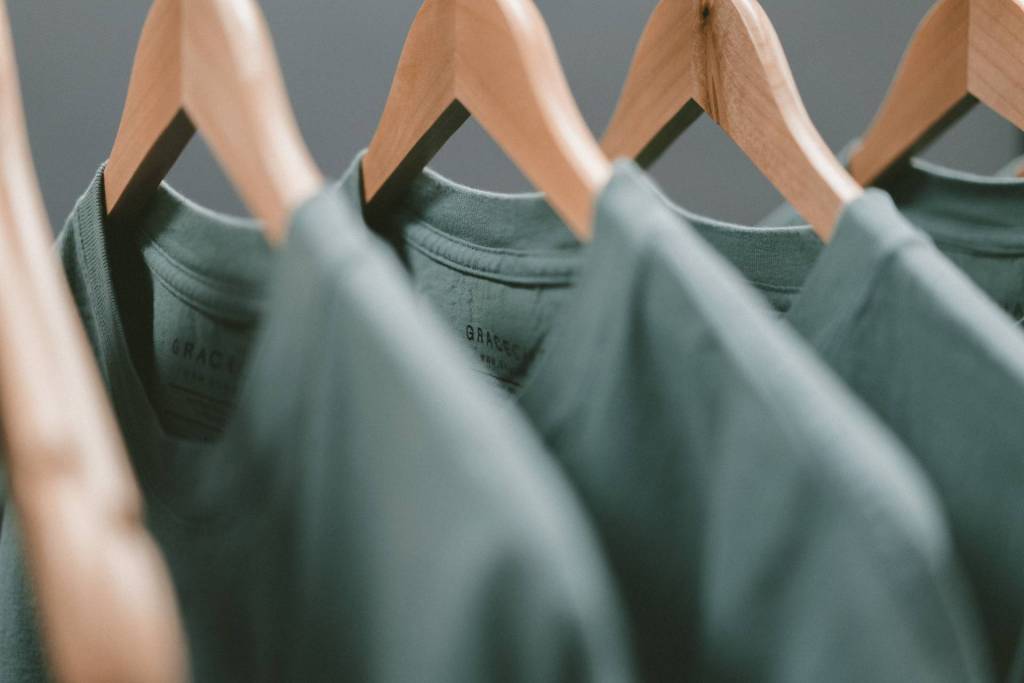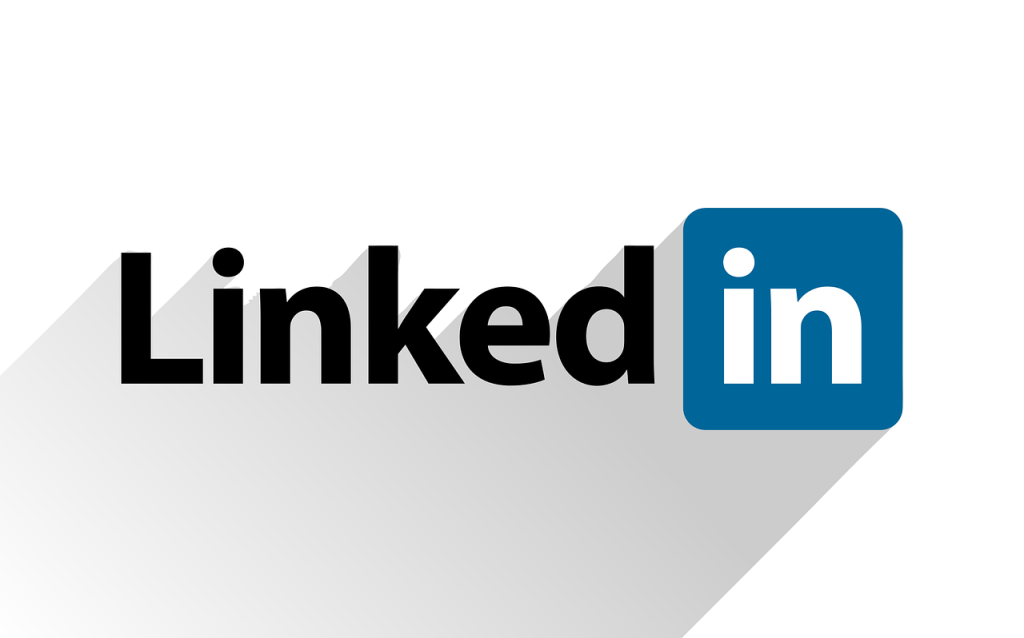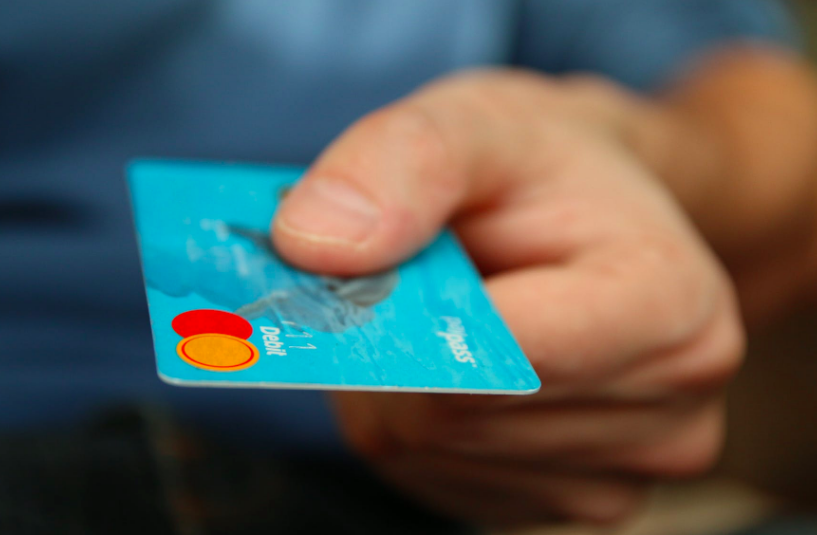How do you decide what to buy and when to buy it? Odds are high that it comes down to two major factors: need and price. You know when you need to get something new, and you know what price works for your budget — but is that enough?
You may default to big-box stores like Walmart and Amazon, but the truth is that you have more vendor options than ever before. Mindlessly buying from the same distributors over and over again prevents you from finding the best and cheapest options out there.
The phrase “procurement strategy” means being more intentional about the things you purchase. Everything from extreme couponing to shopping exclusively online represents a procurement strategy. Yours should match not just your budget, but your lifestyle and personal brand.
Brand, Meet Budget
What you buy and where you buy it says a lot about you. If you’re an environmentalist, you probably patronize socially responsible brands like Patagonia. If you’re a deal hound, you shop at secondhand stores so you can wow your friends.
Whoever you are, your brand has to fit your budget. Only 41 percent of Americans maintain a personal budget, a critical tool for maintaining your financial wellness. If you’re looking to create a personal procurement strategy that works for you, start by plotting out your expenses.
First ask which products you truly need. Things like food, toilet paper, and soap are your non-negotiables. To get quality versions cheaply, take your cue from companies. As part of their procurement strategies, big businesses often turn to group purchasing organizations, or GPOs. GPOs use the leverage of their large client base to negotiate with distributors and manufacturers for lower prices.
While GPOs don’t cater to individuals, there are several similar options you can use in your personal procurement strategy. Membership-based wholesalers like Sam’s Club or Costco are brick-and-mortar options for getting the products you want at lower prices — but these options also force you to purchase a membership and buy in bulk. They also might not carry some of the specialty brands you appreciate.
What’s the solution? Check online. Companies like Groupon offer special deals when a large enough customer base is willing to buy the product or service in question. As the Groupon model has grown in popularity, so have its competitors. Platforms like LivingSocial or Tippr also offer big discounts for consumers based on how many others buy in.
Getting What You Want
While procurement strategies based on opting into group deals can save you money, they can’t afford you a lot of product flexibility. With Groupon and its competitors, you’re forced to stay in the confines of predetermined deals. When it comes to your brand, you should select the products that work best for you and find the right price from there.
Say you want to be seen as a tech-friendly outdoorsman. Sure, you don’t need that $100 flashlight from REI that’s also an emergency beacon, bear spray, and battery backup — but it’s OK to splurge a bit on items that are tied to your personal brand.
Start by checking outlets. Does the REI Outlet, which regularly discounts new but unsold items by half, have that do-it-all flashlight? Call around to brick-and-mortar locations, too: If thy want an outlet item off their shelves badly enough, they may even be willing to toss in extras like free shipping.
Secondhand stores are a great place to find items like outdoor equipment as well. If it’s something that people tend to use once or twice before storing it in their garage, you can probably find a gently used version at a steep discount. There’s a reason that online resale stores are becoming a “new normal” for many shoppers.
What if still can’t find that lynchpin of your personal brand at the price you need? Get creative. Can you barter with a friend for it? Can you volunteer to be a product tester? If you’re patient, might it go on sale soon? Outdoor equipment often gets marked down right as the leaves start to change color.
Procurement strategies aren’t just for major corporations. You spend a lot of money every year; spend it intentionally. Developing a plan for how, when, and from whom you buy your products will give you more financial flexibility and get you closer to who want to be in the process.




